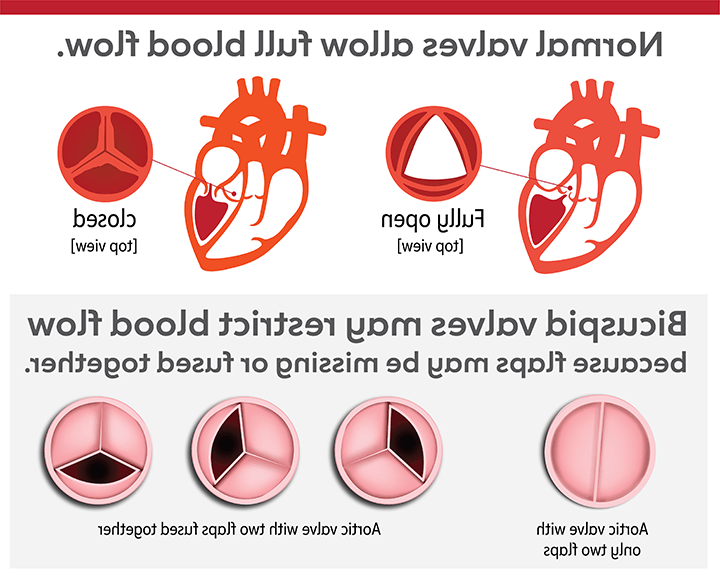主动脉狭窄概述
什么是主动脉瓣狭窄?
Aortic stenosis is one of the most common and serious valve disease problems. Aortic stenosis is a narrowing of the aortic valve opening and can sometimes be referred to as a failing heart valve. Aortic stenosis restricts the blood flow from the left ventricle to the aorta may also affect the pressure in the left atrium.
下载我们的主动脉瓣狭窄情况介绍(PDF) | 西班牙语(PDF)
主动脉狭窄总是有症状吗?
No. 很多人都有主动脉狭窄, or AS, don't experience noticeable symptoms until the amount of restricted blood flow becomes greatly reduced.
主动脉瓣狭窄的症状包括:
- 胸部疼痛
- 快速跳动的心跳
- 呼吸困难或感觉呼吸短促
- 感到头晕或头晕,甚至昏厥
- 短距离行走困难
- Decline in activity level or reduced ability to do normal activities
It may be important to note the person suffering from AS may not complain of symptoms. However, if you or your family members notice a decline in routine physical activities or significant fatigue, it’s worth a visit to your health care professional to check for reduced heart function. Use our AS症状追踪器(PDF) 记录你的症状和频率, and bring it to your next appointment to review with your doctor.
婴儿和儿童 先天性缺陷导致的主动脉狭窄 可能表现出以下症状:
- 劳累疲劳
- 体重没有增加
- 喂养不良或不足
- 呼吸困难
How does aortic stenosis progress or cause increasing problems?
In addition to the symptoms of aortic stenosis, 哪一种会让病人感到晕厥, 昏睡的虚弱的或昏睡的, the wall of the left ventricle also may show muscular thickening because the ventricle must work harder to pump blood through the narrow valve opening into the aorta.
The thickened wall takes up more space inside the lower heart chamber and allows less room for an adequate amount of blood to be supplied to the body. 这可能会导致 心脏衰竭. Appropriate treatment can help reverse or slow down the progress of this disease.
主动脉狭窄的原因
Aortic stenosis mainly affects older people as a result of scarring and calcium buildup in the valve cusp (flap or fold). Age-related AS usually begins after age 60, but often it doesn’t show symptoms until ages 70 or 80.
It may also result from contracting rheumatic fever in childhood.
年轻人的主动脉狭窄
Bicuspid aortic valve is a birth defect where only two cusps grow instead of the normal three. 这会导致主动脉狭窄.
Another cause may be that the valve opening doesn't grow along with the heart. This makes the heart work harder to pump blood to the restricted opening. Over the years the defective valve often becomes stiff and narrow because of calcium buildup.

What treatments are advisable for people with aortic stenosis?
If there are no symptoms or if symptoms are mild, the best course of action could be regular follow-up and monitoring to see if any symptoms develop or worsen.
However, anyone with aortic stenosis should be checked with an echocardiogram to determine treatment options.
可能的治疗方法包括 药物, 阀维修 or 瓣膜置换. 和你的同事讨论选择是很重要的 医疗团队 to ensure you receive the most effective treatment possible.
额外的资源:








